Archaeological finds that rewrote the history books
In our relentless quest to understand the past, we keep stumbling upon fascinating archaeological discoveries that redefine history. These finds offer a window into ancient civilizations, allowing us to piece together the mysteries of bygone eras.
From ancient scripts to hidden cities, each discovery tells its own unique story. As we delve into these historical treasures, we uncover not just relics but the very essence of human progression and the undying curiosity that drives us to explore.
The Rosetta Stone: Deciphering Ancient Scripts
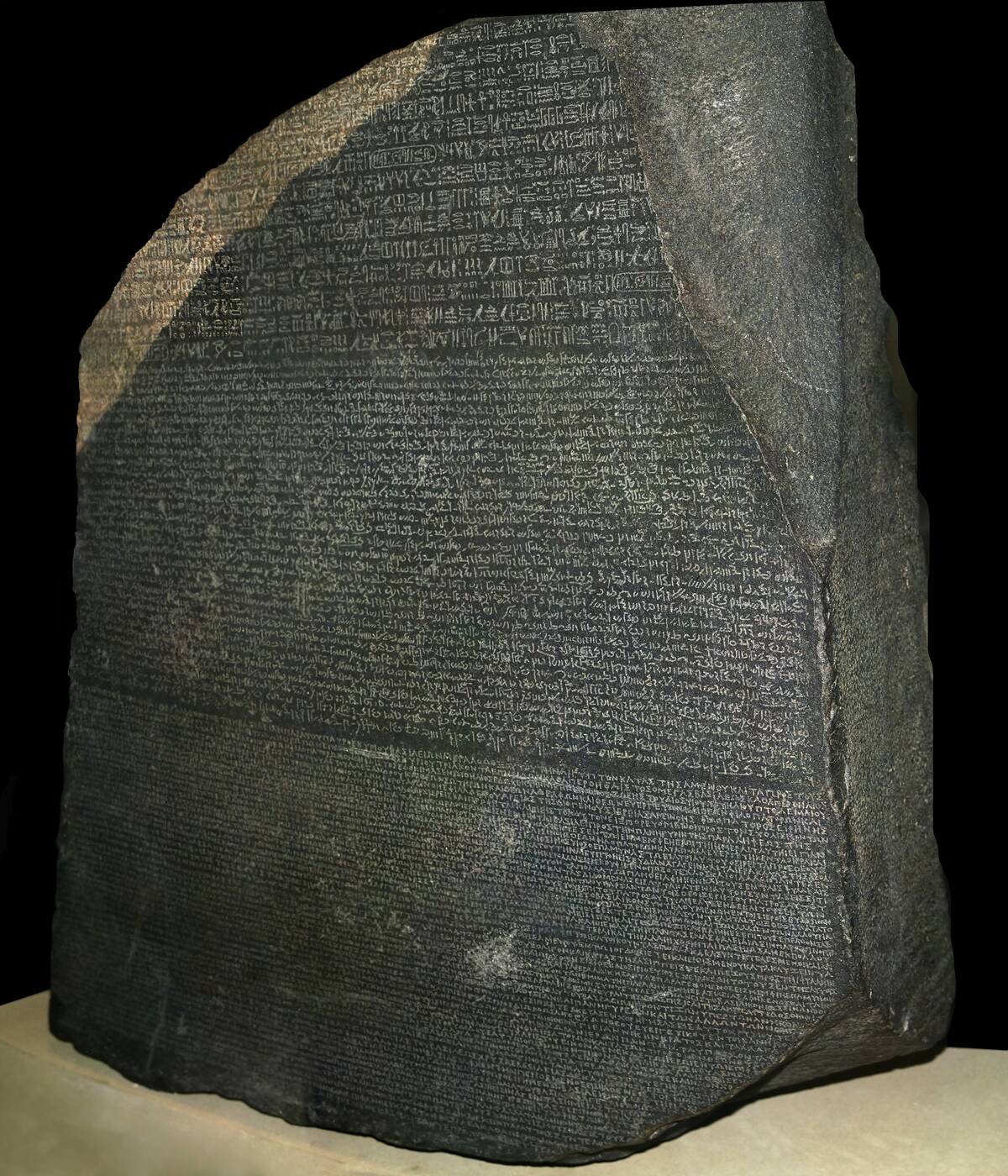
The Rosetta Stone, discovered in 1799, was the key to unlocking the secrets of Egyptian hieroglyphs. Its inscriptions, written in Greek, Demotic, and hieroglyphs, enabled scholars like Jean-François Champollion to decipher the ancient script.
This breakthrough not only provided insights into Egyptian history but also paved the way for modern Egyptology. The stone, now housed in the British Museum, remains a symbol of linguistic and cultural understanding across millennia.
The Terracotta Army: China’s Underground Treasure
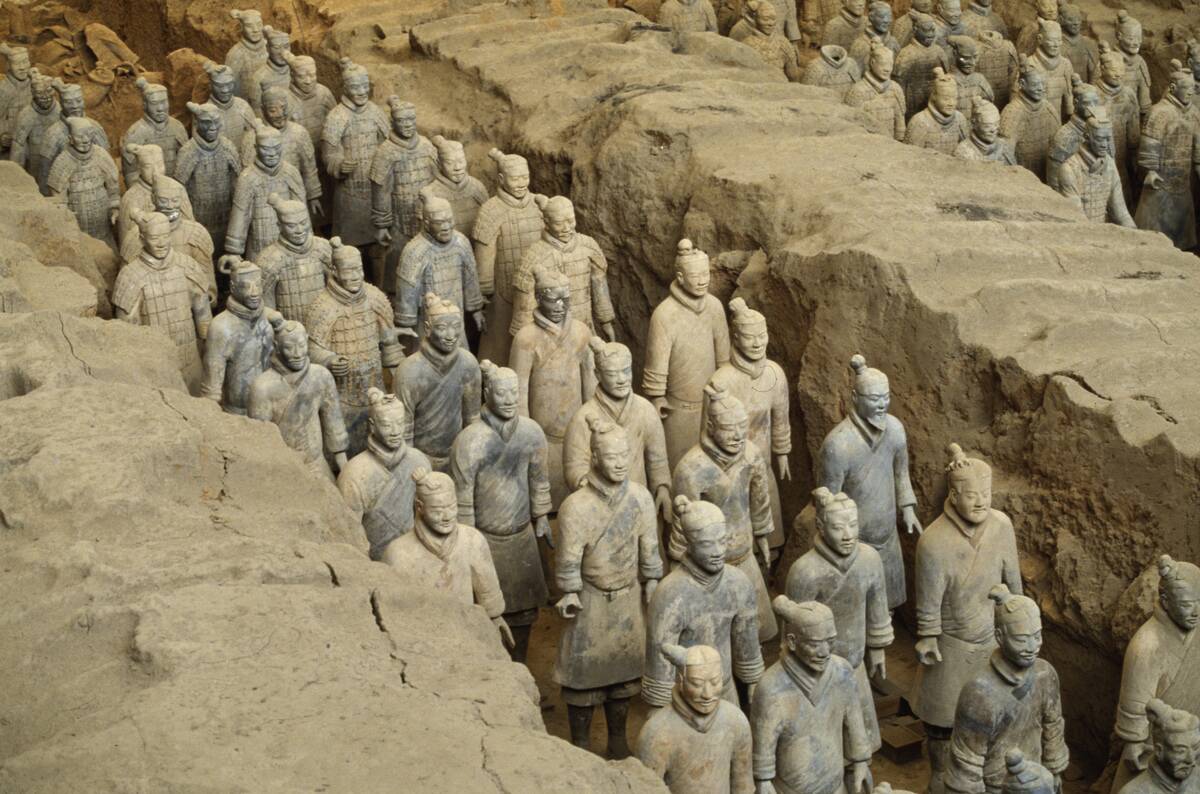
Uncovered in 1974 by local farmers in Xi’an, the Terracotta Army is a testament to the grandeur of China’s first Emperor, Qin Shi Huang. Comprising thousands of life-sized soldiers, horses, and chariots, this army was crafted to accompany the emperor in the afterlife.
This archaeological marvel offers a glimpse into ancient Chinese craftsmanship and the emperor’s quest for immortality.
The Dead Sea Scrolls: Ancient Texts Resurrected
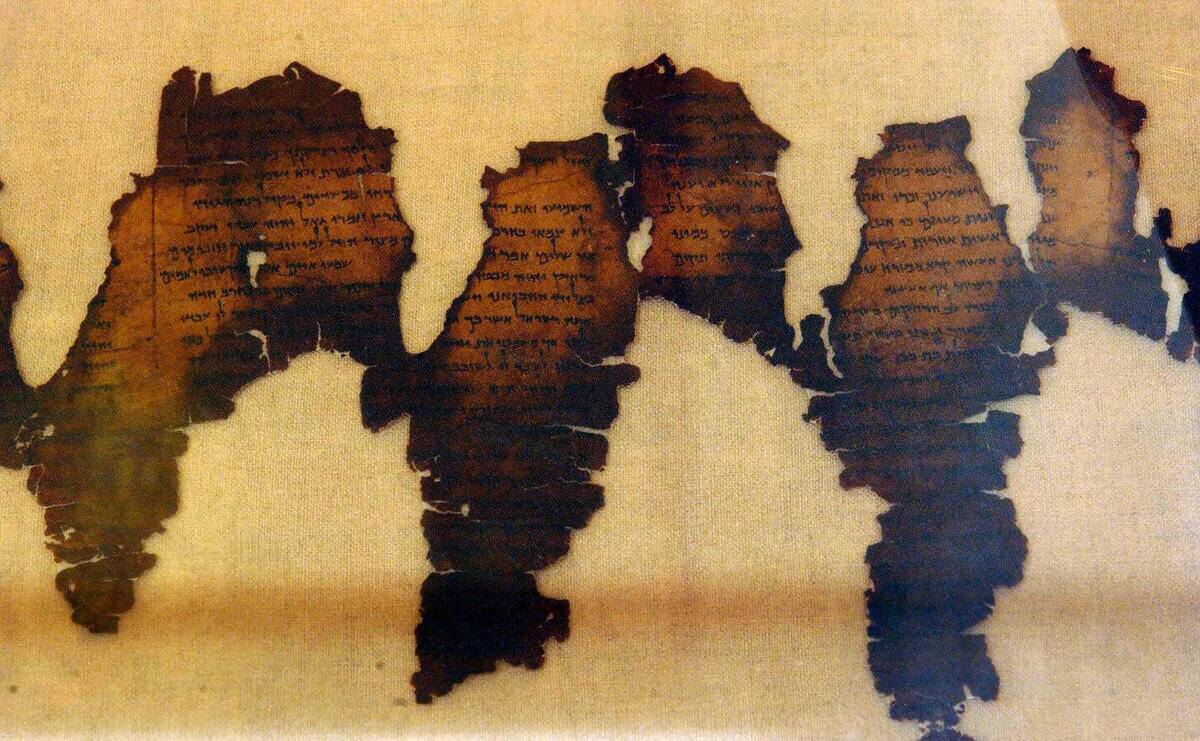
The Dead Sea Scrolls, discovered between 1947 and 1956 in the Qumran Caves, are among the most significant archaeological finds of the 20th century.
Comprising over 900 documents (albeit represented by about 15,000 fragments), they include texts from the Hebrew Bible and shed light on Jewish life and religious practices during the Second Temple period. These scrolls have been pivotal in understanding the historical context of early Judaism and the roots of Christianity, offering a rare glimpse into ancient religious thought.
Machu Picchu: The Lost City of the Incas
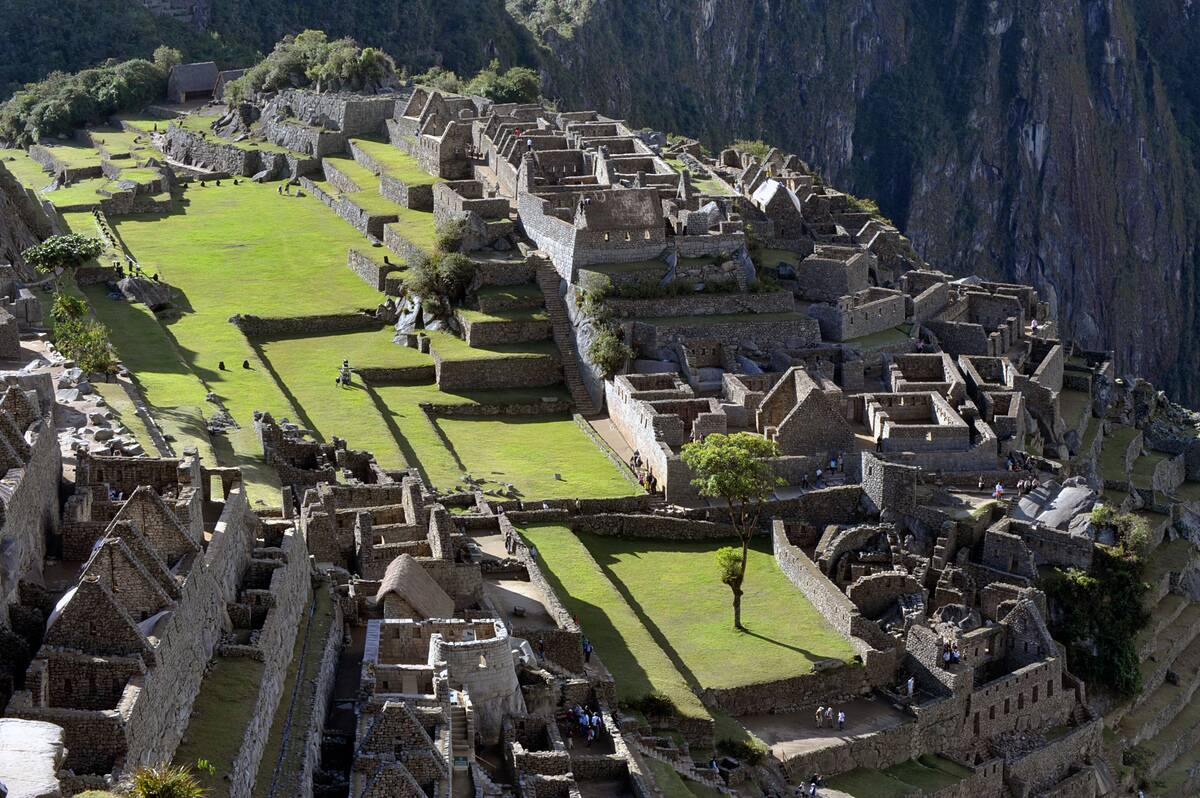
Nestled high in the Andes Mountains, Machu Picchu was brought to the world’s attention by Hiram Bingham in 1911. This Inca citadel, often shrouded in mist, is a masterpiece of architecture and engineering.
Its terraces and temples are a testament to the Incas’ sophisticated understanding of agriculture and astronomy. Machu Picchu remains one of the most iconic symbols of Inca civilization, drawing visitors from around the globe to marvel at its beauty and mystery.
Ötzi the Iceman: Europe’s Ancient Mummy
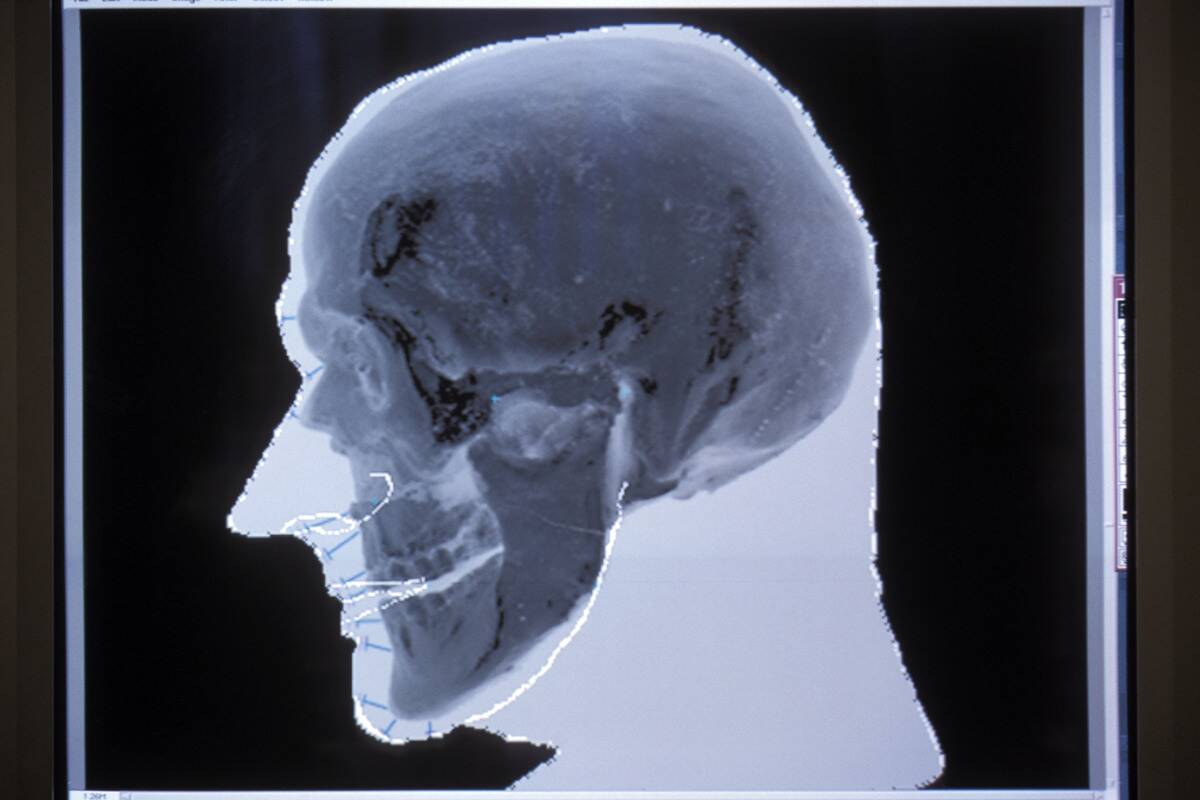
Discovered in 1991 by hikers in the Ötztal Alps, Ötzi the Iceman is a remarkably well-preserved natural mummy from the Copper Age. Radiocarbon dating places him around 5,300 years old, providing invaluable insights into prehistoric European life.
His clothing, tools, and even the contents of his stomach have been studied meticulously, revealing details about his diet, health, and lifestyle. Ötzi offers a unique snapshot of life in Europe before the advent of modern civilization.
Gobekli Tepe: The World’s First Temple
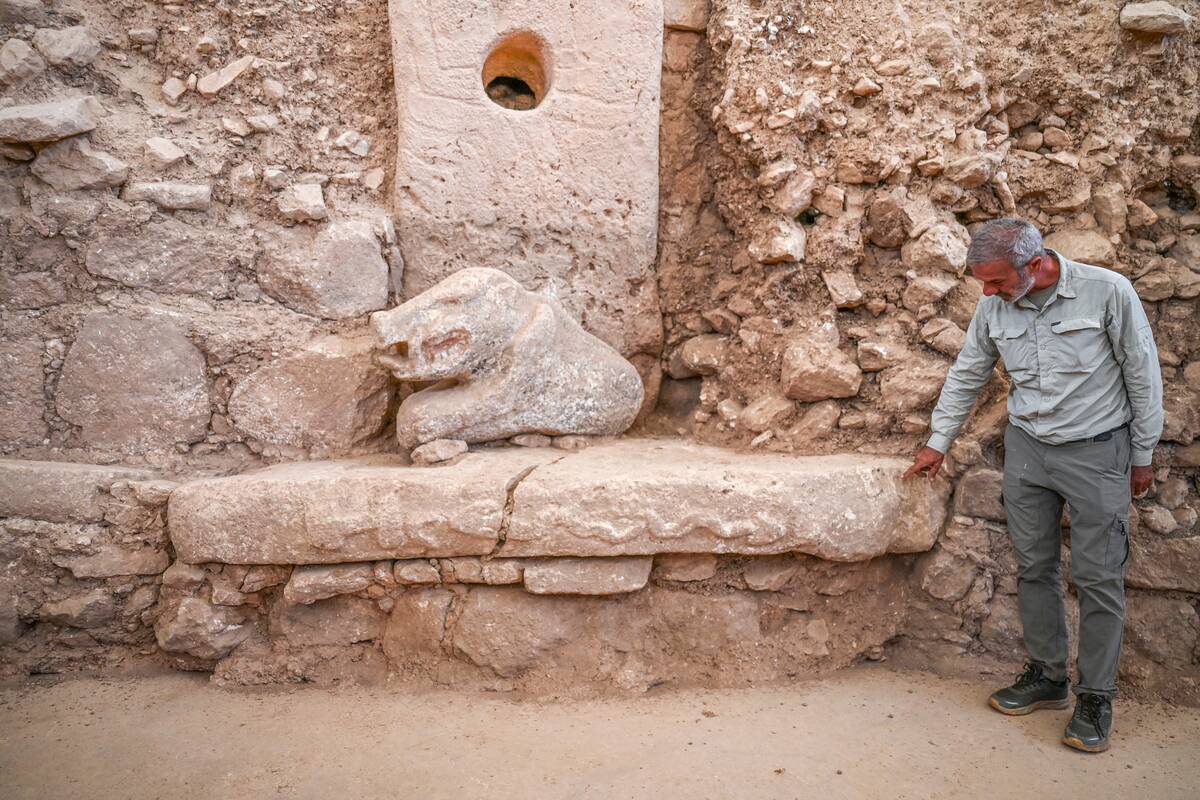
Gobekli Tepe, located in modern-day Turkey, is believed to be the world’s oldest temple, dating back to around 9600 BCE. Its massive stone pillars, adorned with intricate carvings of animals, challenge our understanding of prehistoric societies.
This archaeological site suggests that religious practice predates settled agricultural life, upending previous theories about the rise of civilization. Gobekli Tepe continues to intrigue researchers and redefine our perceptions of early human development.
The Antikythera Mechanism: Ancient Greek Technology
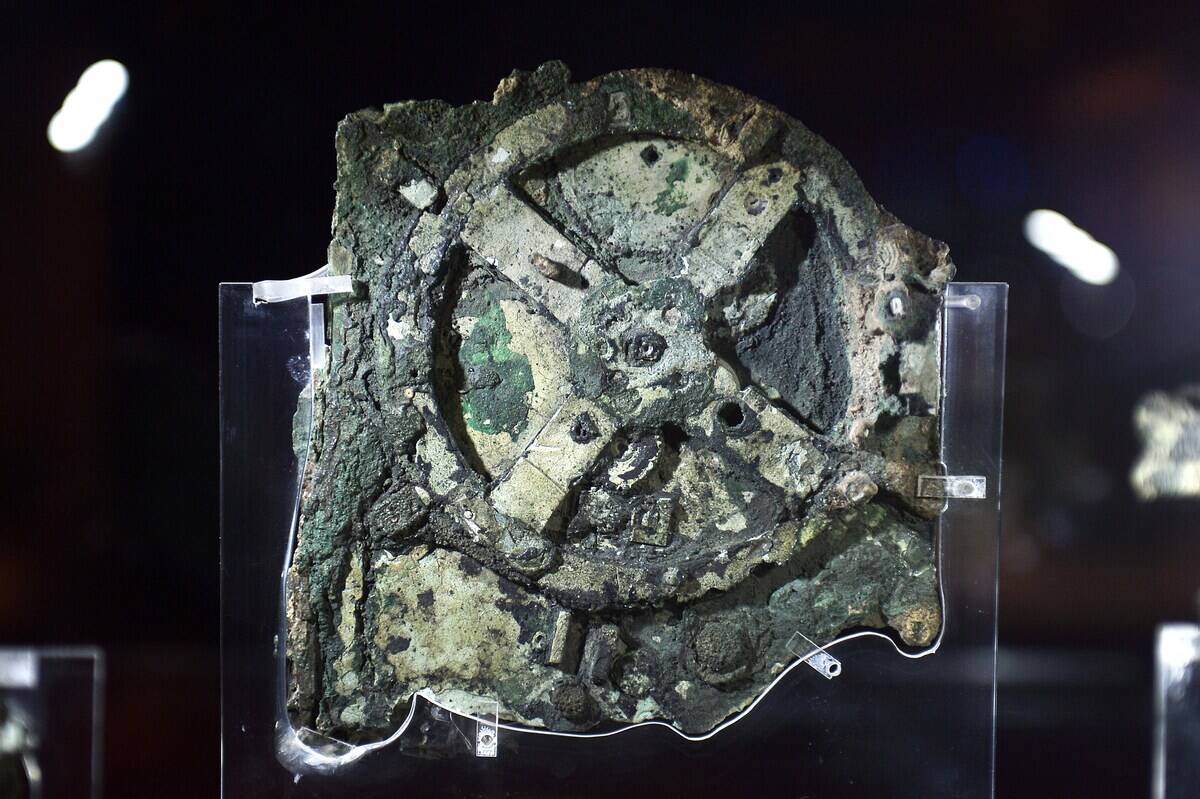
Recovered from a shipwreck off the coast of the Greek island Antikythera in 1901, the Antikythera Mechanism is an ancient analog computer. Dating back to around 100 BCE, it was used to predict astronomical positions and eclipses.
This sophisticated device, often described as the world’s first computer, highlights the advanced technological and astronomical knowledge of the ancient Greeks. Its discovery has reshaped our understanding of the capabilities of ancient civilizations.
Pompeii: A Snapshot of Roman Life
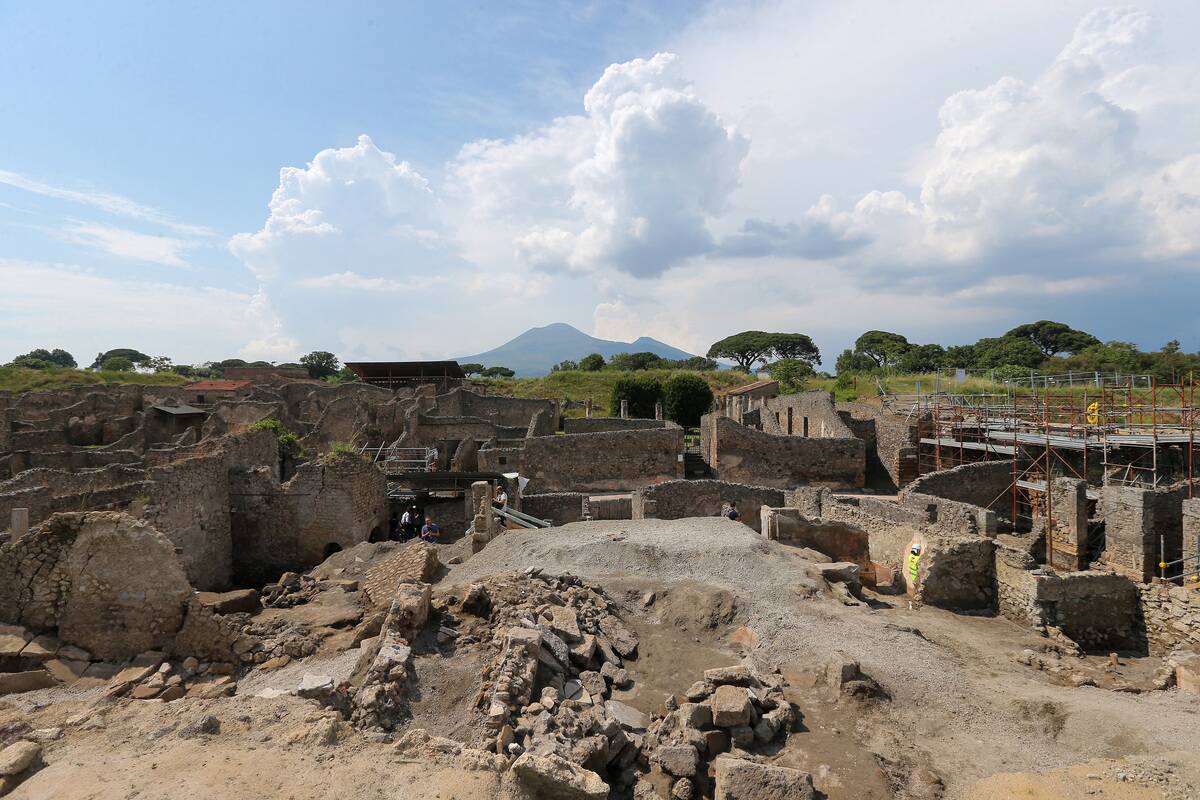
The ancient city of Pompeii, buried under volcanic ash from Mount Vesuvius’ eruption in 79 CE, offers an unparalleled snapshot of Roman life. Excavations have revealed well-preserved buildings, frescoes, and everyday items, providing insights into Roman urban planning, art, and daily activities.
The plaster casts of victims, frozen in their final moments, serve as poignant reminders of the eruption’s sudden devastation. Pompeii remains a powerful symbol of nature’s force and humanity’s resilience.
The Lascaux Cave Paintings: Prehistoric Artistry
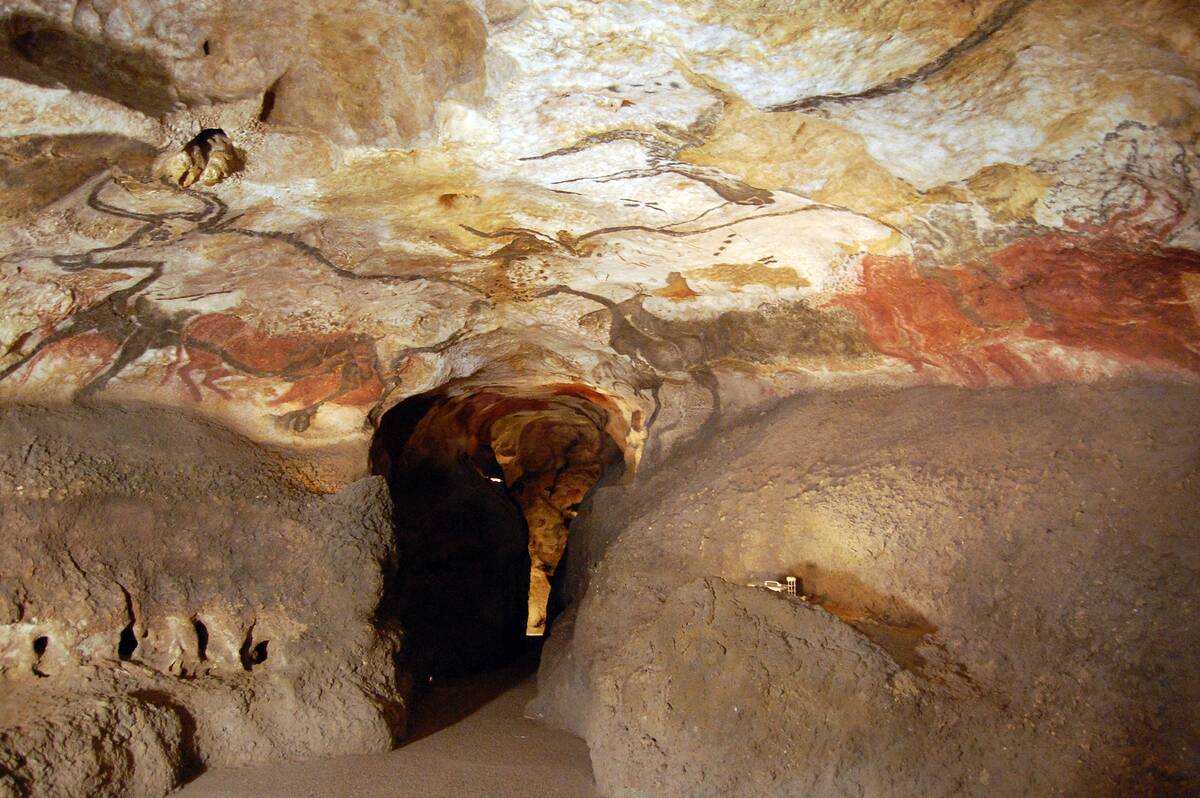
Discovered in 1940 by four teenagers in southwestern France, the Lascaux Cave Paintings are a stunning example of prehistoric art. These vivid depictions of animals, created at least 17,000 years ago, showcase the artistic skill and symbolism of early humans.
The paintings provide insights into the spiritual and cultural life of our ancestors during the Upper Paleolithic period. Lascaux continues to inspire awe and wonder, highlighting the enduring human impulse to create and communicate.
The Sutton Hoo Ship Burial: Anglo-Saxon Splendor
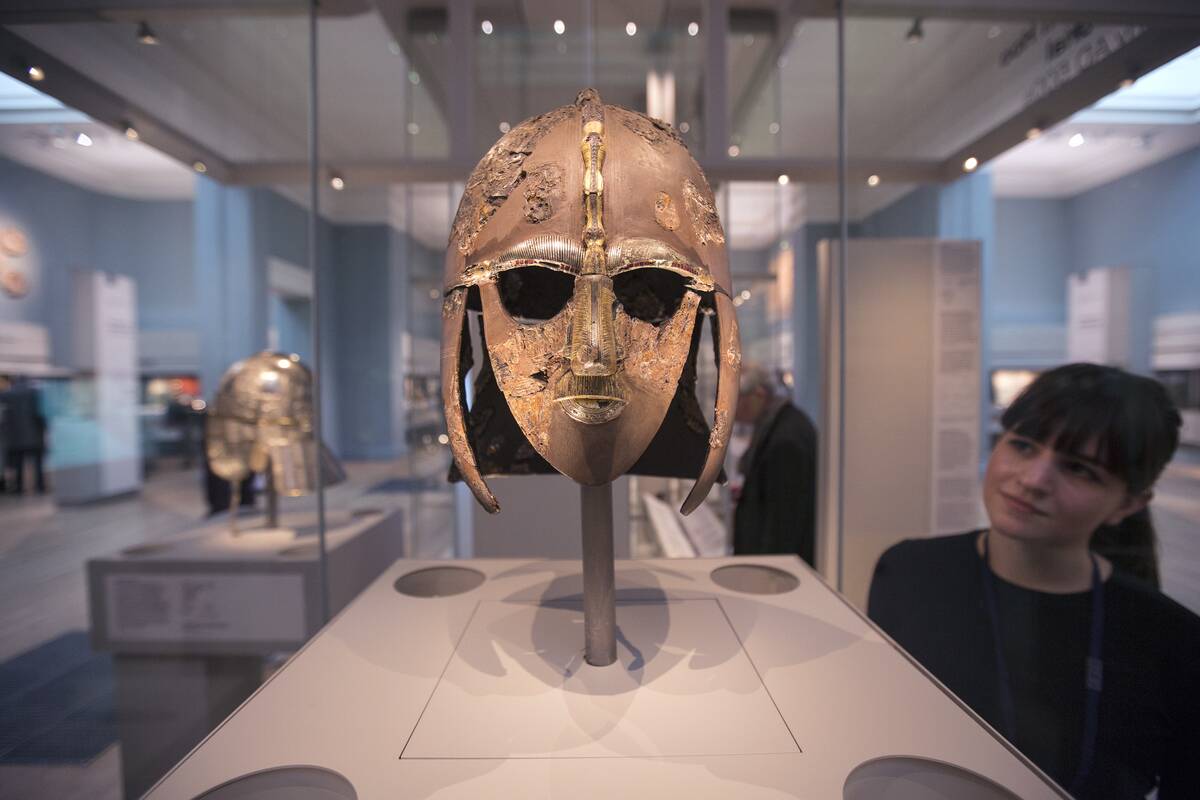
Unearthed in 1939 in Suffolk, England, the Sutton Hoo ship burial is one of the most significant archaeological finds in British history. Believed to date from the early 7th century, it contained a wealth of treasures, including a ceremonial helmet, weapons, and gold artifacts.
These items reflect the craftsmanship and culture of the Anglo-Saxon elite. The discovery has provided valuable insights into early medieval England, its connections with Scandinavia, and its transition to Christianity.
The Nazca Lines: Enigmatic Earthworks of Peru
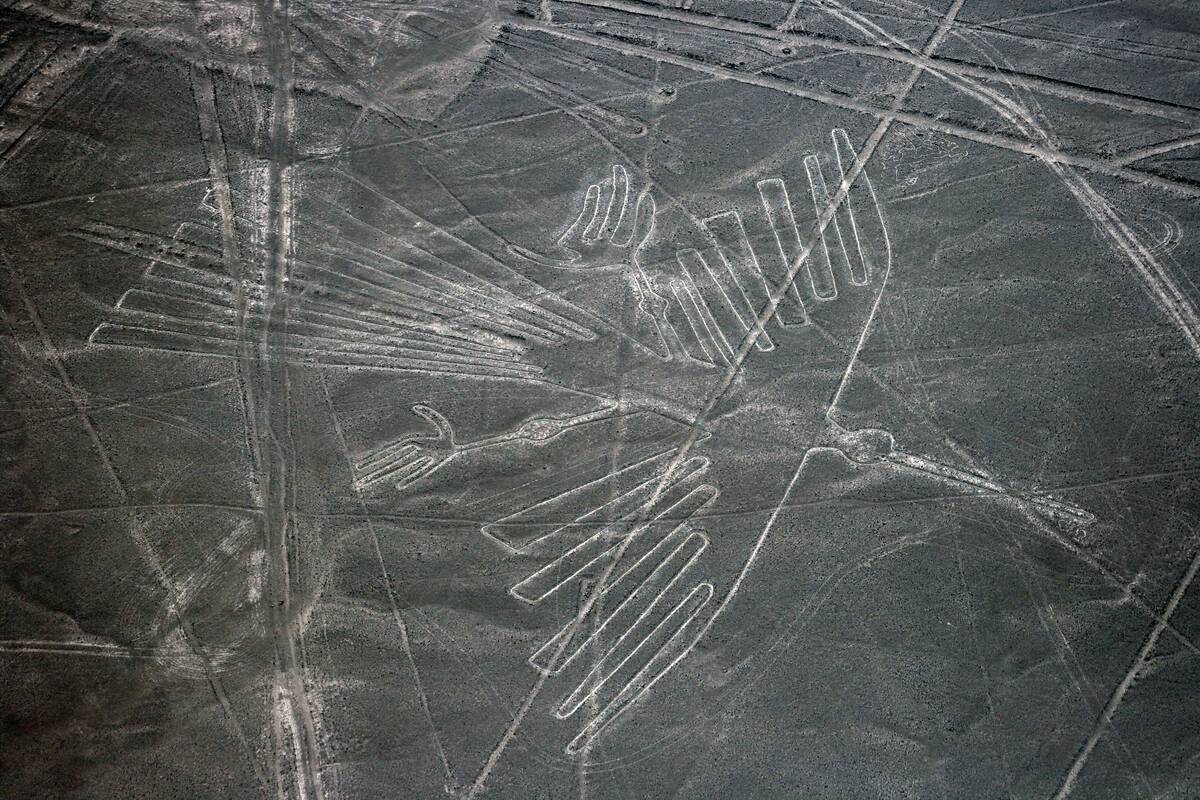
The Nazca Lines, etched into the arid plains of southern Peru, remain one of archaeology’s most enigmatic mysteries. Created between 500 BCE and 500 CE, these enormous geoglyphs depict various shapes, from animals to geometric patterns.
Their purpose continues to be debated, with theories ranging from astronomical calendars to religious rituals. Despite the mystery, the Nazca Lines captivate imaginations worldwide, offering a glimpse into the ingenuity and spirituality of the Nazca culture.
King Tutankhamun’s Tomb: A Pharaoh’s Untouched Legacy
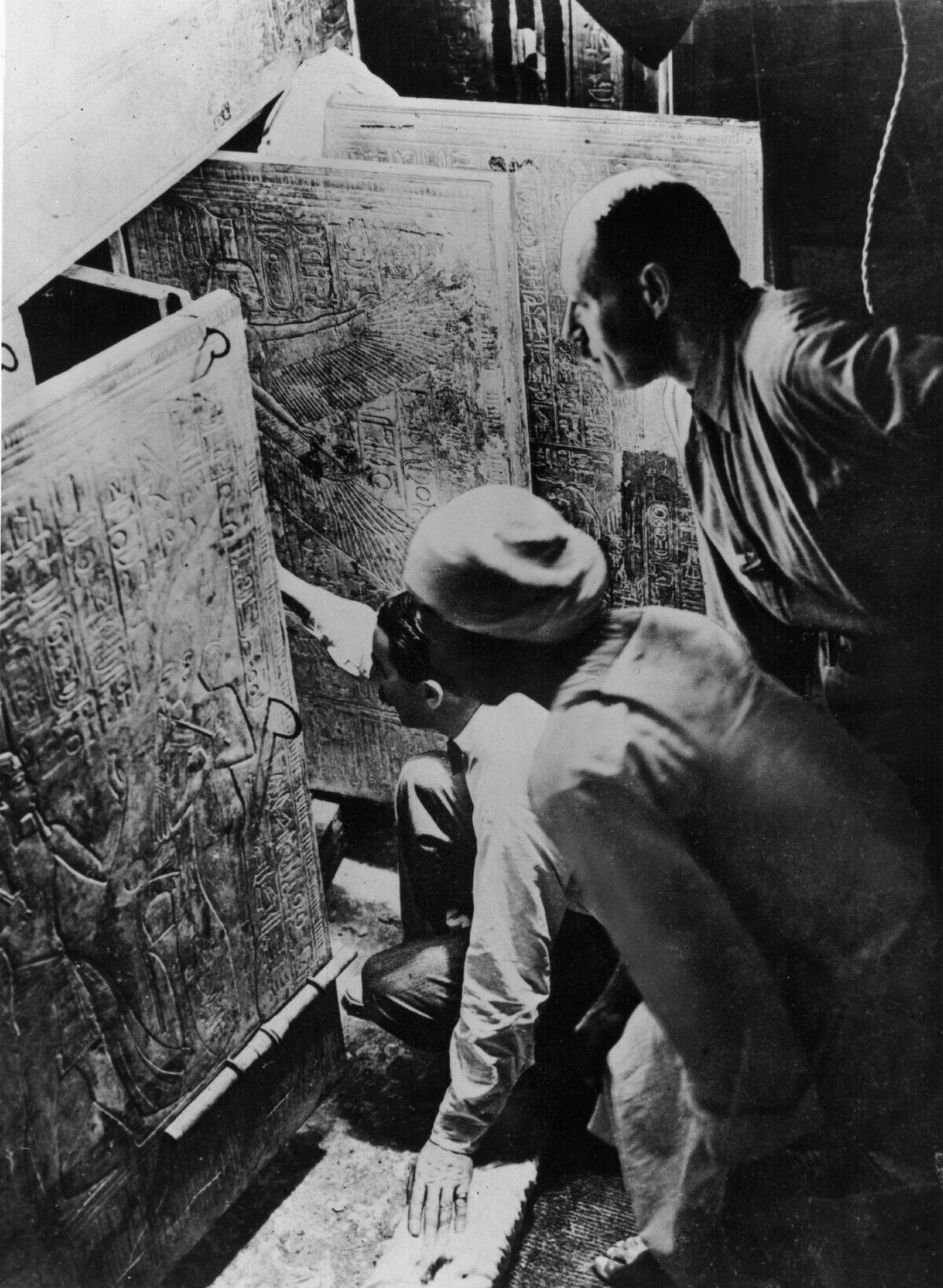
The discovery of King Tutankhamun’s tomb in 1922 by Howard Carter was a groundbreaking moment in archaeology. Unlike other tombs, it was remarkably intact, filled with over 5,000 treasures that had lain undisturbed for over 3,000 years.
Among the artifacts was the iconic gold death mask, symbolizing the wealth and artistry of ancient Egypt. This find not only captivated the world but also sparked a renewed interest in Egyptian history and culture.
The Peking Man: Early Human Fossils in China
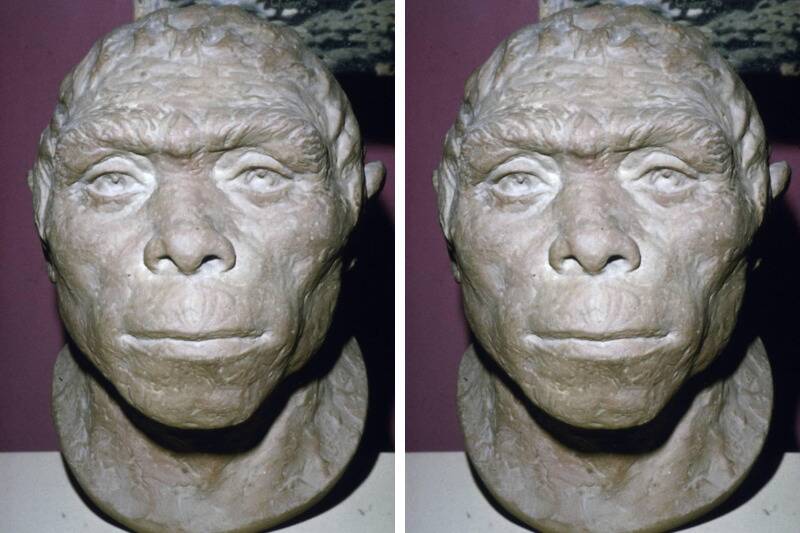
The discovery of Peking Man fossils at Zhoukoudian near Beijing in the 1920s and 1930s provided crucial evidence of early human existence in Asia. These Homo erectus remains, dating back up to 750,000 years, revealed information about early human anatomy and behavior.
The site also contained stone tools and evidence of fire use, shedding light on the technological advancements of prehistoric humans. Peking Man continues to be a key reference point in the study of human evolution.
The Clovis Culture: Rewriting North American Prehistory
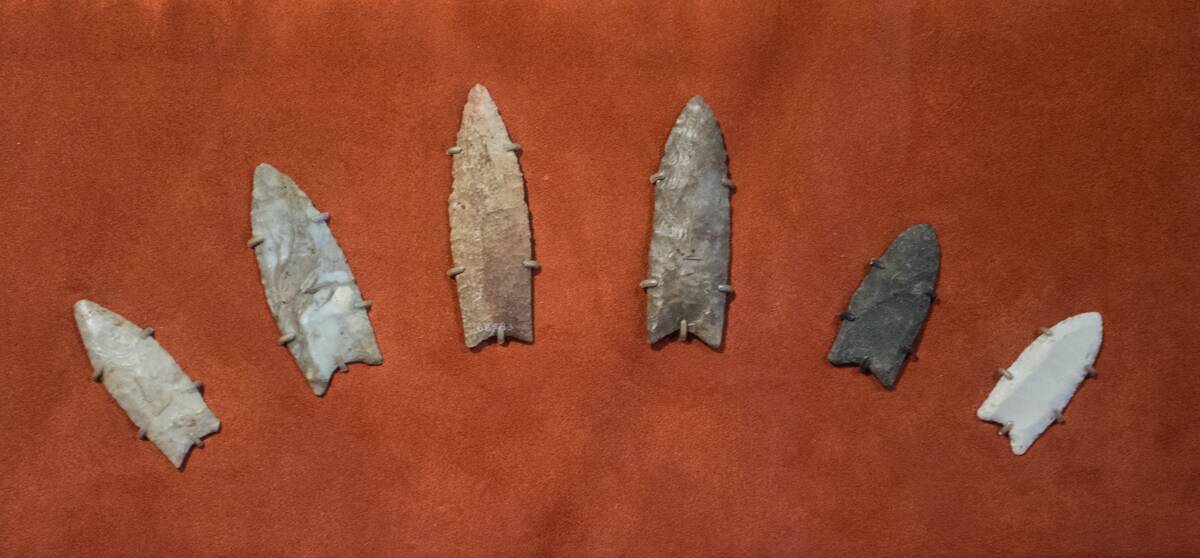
The Clovis Culture, identified by distinctive stone tools first discovered in Clovis, New Mexico, has been pivotal in understanding the early inhabitants of North America. Dating back around 13,000 years, this culture was once thought to represent the continent’s first human settlers.
However, recent discoveries suggest even earlier populations existed, prompting a reevaluation of migration theories. The study of Clovis artifacts continues to shape our understanding of early human history in the Americas.



